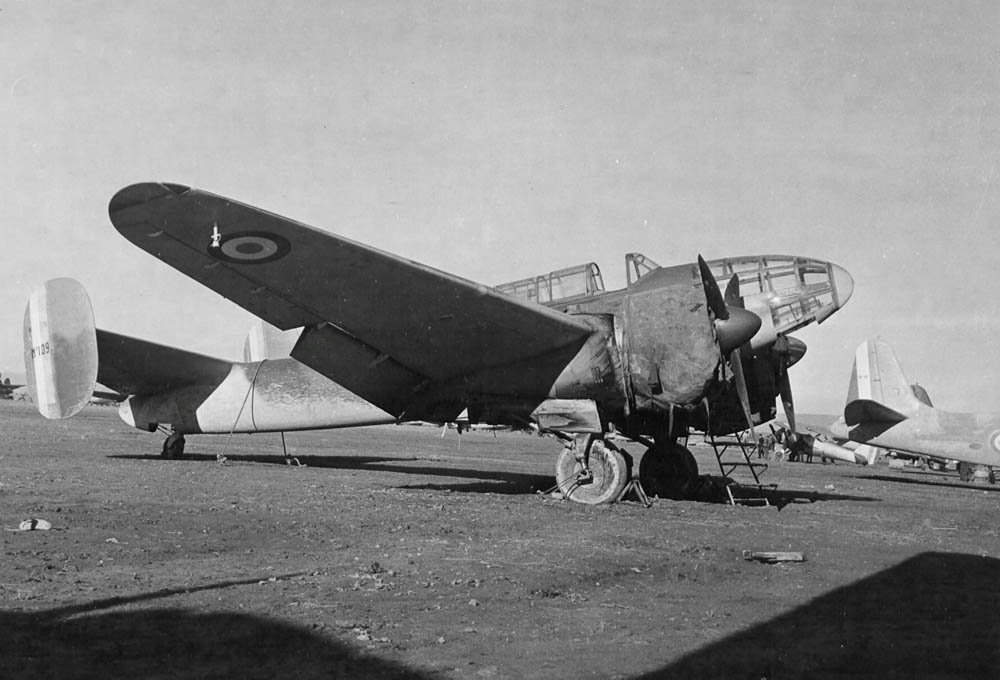- Joined
- 26 May 2006
- Messages
- 34,896
- Reaction score
- 15,759
Do you have informations about Laté 1, Laté 2, Laté 7, Laté 9 - Laté 13 and Laté 18?
The Late.13.
Do you have informations about Laté 1, Laté 2, Laté 7, Laté 9 - Laté 13 and Laté 18?
Finally the Late.18.Do you have informations about Laté 1, Laté 2, Laté 7, Laté 9 - Laté 13 and Laté 18?
Also we can consider the Latecoere 430,a twin-boom Project ?.here is a strange and unknown Project,but I suspect it was from Latecoere (maybe de Monge design),who can ID it ?;
Pilote-Virtuel.com - Forum de simulation aérienne / Enigme de Noel: Maquette soufflerie Latécoère
My dears,
I think you are right about SAB (not Latecoere) design,when I check,there
was unknown Project to SAB or Bordelaise called AB.30,it was a high-wing
twin-boom maybe a transport or a bomber,powered by four engines,so
maybe this one was AB.40 or AB.50,who knows ?.
Could you please tell me, was LATE-27 built or it has remained a project?
Thank you.
British roundels ?nice reconstruction of Latecoere 523 on flickr View: https://www.flickr.com/photos/27862259@N02/5976594525
could be an error of author : on wings , infact , seems be not have right roundels!British roundels ?nice reconstruction of Latecoere 523 on flickr View: https://www.flickr.com/photos/27862259@N02/5976594525
That is probably due to the use of orthochromatic film, which turns red into a darker shade of grey than it does with blue. The Laté's rudder markings show a lighter shade - blue - leading, darker shade - red - trailing.of the real aircraft show that the markings used in the drawing are actually correct:
Regarding orthochromatic versus panchromatic B&W photographs, attached are the best samples I've seen. They're from a fairly recent issue of the Canadian IPMS newsletter and depict two Spitfires (from the same squadron no less). The reversal in the grey tones between the red and blue is clearly evident. It is also worth noting how the yellow outer ring on the fuselage roundel is almost white in the panchromatic photo, while it is almost back in the orthochromatic photograph.
I've seen some silent Great War aviation movies that were shot in B&W panchromatic film but were supplemented with some older, orthochromatic, B&W, stock footage, so the roundels seem to fluctuate between British and French. Most people probably wouldn't notice but it stands out to me. Mind you, it's not as bad as Flyboys, a colour film where the roundels change nationalities!
During the Great War, panchromatic film was available but orthochromatic was far more prevalent, due to cheaper cost and easier developing. So, most photos taken during the Great War were orthochromatic film and it's easy to mistake the roundel nationality. Attached are two orthochromatic photos of Nieuports; Bishop's famous Type XXIV looking like it has French roundels and several Type X under construction and looking like they have British roundels. So, it's easy to understand how somebody not familiar with period photographs might misinterpret colours of the roundels.
You're right!That is probably due to the use of orthochromatic film, which turns red into a darker darker shade of grey than blue. The Laté's rudder markings show a lighter shade - blue - leading, darker shade - red - trailing.of the real aircraft show that the markings used in the drawing are actually correct:


